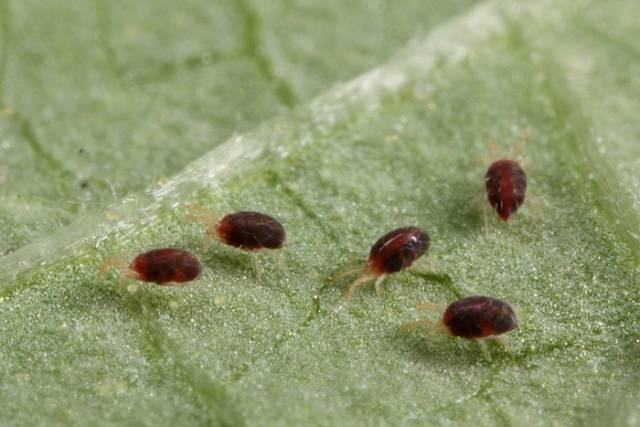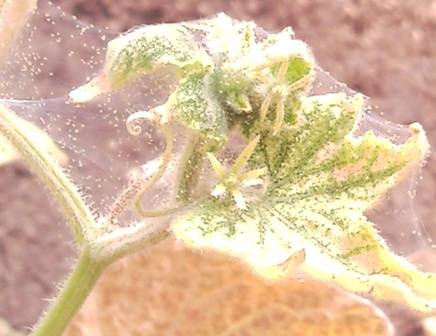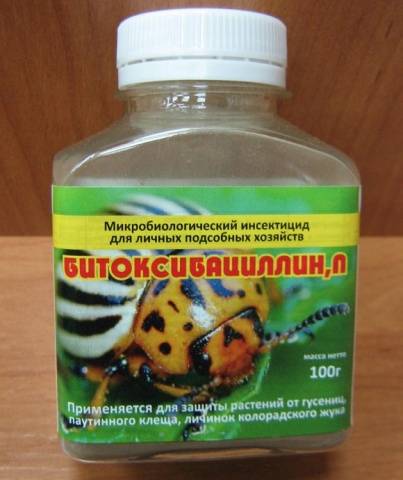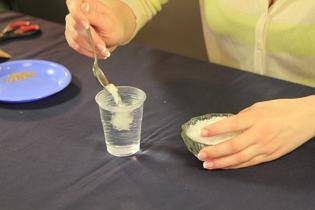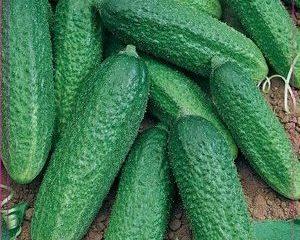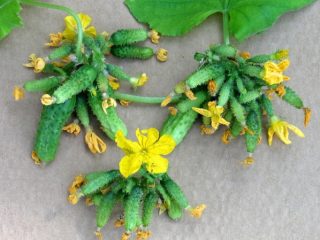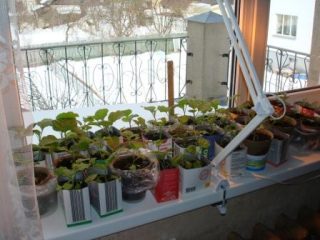Content
Spider mite on cucumbers in a greenhouse is a dangerous polyphagous pest. It is detected in the last stages of the growing season. Active until harvest.
Biology of the tick
Ordinary spider mite Tetranychus urticae Koch occupies one of the most significant places among phytophages. In protected soil it is capable of active reproduction and rapid generational change. Propagates well on melons, potatoes, radishes, and celery. Tomatoes, onions, cabbage and sorrel are of no interest to him.
Given a free choice of food substrate, he prefers cucumbers among all garden crops. The mite on cucumbers in a greenhouse, as a pest, is able to distinguish between varietal characteristics and select the least pest-resistant varieties.
A favorable habitat for ticks is created in the greenhouse:
- a large amount of feed substrate;
- optimal temperature and humidity conditions;
- protection from wind and rain;
- absence of natural enemies.
In open ground, the greatest damage is caused to farms cultivating soybeans and cotton.
Ticks spread with webs on air currents. They are spread by humans and animals. They penetrate from other, already infected garden structures or with seedlings. They tolerate winter well.
The male has an elongated body, strongly tapering towards the end, up to 0.35 mm long.The female mite has an oval body up to 0.45 mm long, with 6 transverse rows of bristles. Females that lay eggs are green.
During the period of diapause (temporary physiological rest), their body acquires a red-red color. The presence of diapause in spider mites complicates the fight against them.
During the period of diapause, females overwinter in shelters: in cracks of the internal surfaces of greenhouses, in the soil, on all vegetative parts weed. With an increase in temperature and humidity, as well as with an increase in daylight hours, they exit diapause. Intensive reproduction begins, mainly near the greenhouse structures and along its periphery. During planting of seedlings in the ground, active females rapidly disperse throughout the entire area of the greenhouse.
Results of tick activity:
- Having settled on the inside of the leaves, the spider mite begins to intensively feed on the sap, mechanically damaging the cells. Then it moves to the outer part of the leaf, to the stems and fruits. The upper tier of plants suffers the most.
- The web entwines the leaves and stems. Respiration and photosynthesis are inhibited.
- Necrosis develops. First, single white dots appear, then a marble pattern. Leaves turn brown and dry out
- Yields are significantly reduced.
Females lay their first eggs after 3-4 days. One female produces 80-100 eggs. It can produce up to 20 generations in a greenhouse. They reproduce most actively at a temperature of 28-30°C and a relative air humidity of no more than 65%.
Plant protection and prevention
If a mite has settled on cucumbers in greenhouses, you need to know how to fight it. To destroy the phytophage, pesticides and acaricides are used.
Chemical means of protection against ticks are also undesirable because it is not possible to obtain environmentally friendly products - pesticides do not have time to decompose.
In a private greenhouse you can use biological preparations by spraying:
- Bitoxibacillin or TAB, with an interval of 15-17 days.
- Fitoverm or Agravertin, CE with an interval of 20 days.
Biological drugs are the least aggressive.
The safest and most effective method of control is the use of natural enemies of the tick.
Environmental protection methods
In nature, there are more than 200 species of insects that feed on spider mites.
- Effective use of acarifage — predatory mite phytoseiulus. 60-100 individuals are enough per 1 m². The predator eats ticks in all phases of their development: eggs, larvae, nymphs, adults. Acarifage is most active at temperatures from 20 to 30°C, humidity more than 70%.
- Amblyseius Svirsky - another type of predatory mite that is used when there is a large concentration of pests. This predator is not picky about environmental conditions - it is active at temperatures from 8 to 35 ° C, humidity from 40 to 80%.
- Another enemy of the spider mite is predatory mosquito family Cecidomyiidae.
Ecological measures allow crops to be grown without pesticides.
Prevention
Before planting seedlings, it is necessary to carry out preventive work.
- To prevent the spread, you need to carefully destroy weeds (primarily quinoa, nettle, shepherd's purse), both inside and outside the greenhouse. Deep soil cultivation is carried out in the greenhouse. The top layer of soil is removed, disinfected or replaced with a new one.
- It is necessary to disinfect all greenhouse structures with an open flame of a gas burner or blowtorch.
- Excessive density of plantings should not be allowed.
- It is advisable to grow cucumber varieties in greenhouses that are resistant to spider mites. The least vulnerable are varieties with leaves that have the greatest thickness of the epidermis and the lower loose part of the leaf pulp - spongy parenchyma. Long and hard hairs limit the tick's feeding. Varieties capable of accumulating nitrates (for example, hybrid Augustine F1) are eaten by mites first. Phytophages do not like cucumber hybrids, the chemical composition of which is dominated by dry substances and ascorbic acid.
Some vegetable farms carry out pre-sowing seed treatment:
- heating for 24 hours at 60°C;
- calibration in a solution of table salt;
- then soak for 30 minutes in a 1% solution of potassium permanganate with immediate washing and drying.
Before germination, the seeds are soaked for 18-24 hours in a solution that contains:
- 0.2% boric acid;
- 0.5% zinc sulfate;
- 0.1% ammonium molybdate;
- 0.05% copper sulfate.
If a mite is found on cucumbers in a greenhouse, both control and prevention must be carried out immediately.
